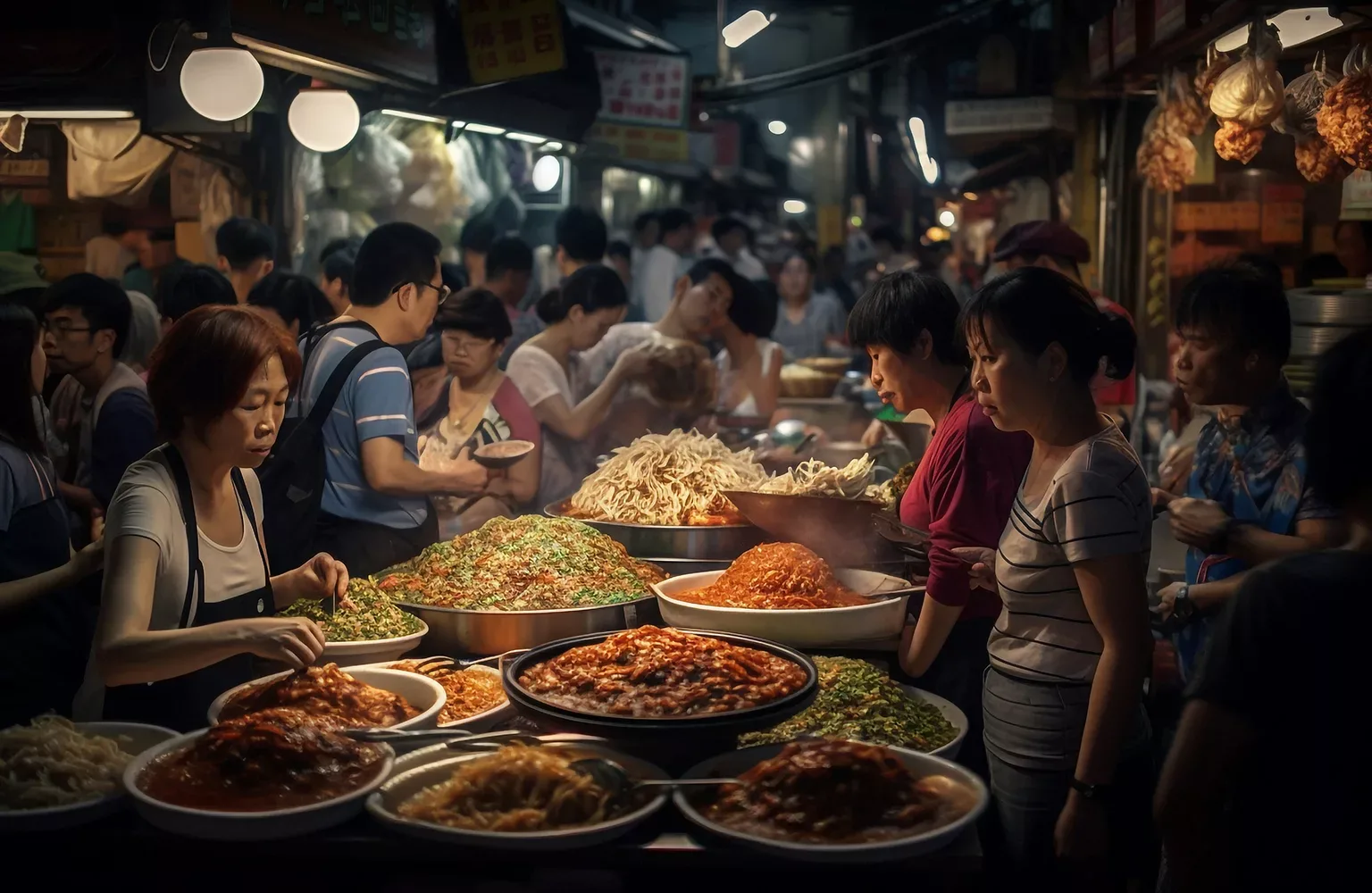As international street food piques the interest of modern travellers, it becomes increasingly important to maintain an awareness and understanding of where these age-old traditions originate. We explore the importance of street food across Southeast Asia and how it can be preserved for the future.
AN INTERSECTION OF CULTURE AND HISTORY
The tradition of selling street food can be widely observed across much of Southeast Asia. For many, it serves as a crucial representation of local identity and counteracts homogenous, globalising forces that threaten to gentrify many of the region’s cities.
However, as countless Southeast Asian authorities seek widespread modernisation in their countries, street food traditions and cultures have increasingly come under threat.
For example, some municipal governments in Chinese cities such as Shanghai have sought to establish food halls similar to those found in Europe, in place of traditional street vendors, to demonstrate the region’s modernity and economic progress. So far, this has been implemented widely across the city, with other regions anticipated to follow suit.
In addition, Thailand’s military government is currently removing street food vendors from their established spots, whilst the Bangkok Metropolitan Administration (BMA) has moved over 20,000 traders from nearly 500 locations across the country since 2016.
This affects not only the livelihood of the vendors themselves, many of them women, but also the communities that rely on street food for affordable meals.
The delicacy can further teach us about the culture and values of a locality, alongside its significant socioeconomic benefits. As such, street food emerges as a dynamic, culturally crucial concept that not only piques the interest of tourism but is entirely worthy of conservation.
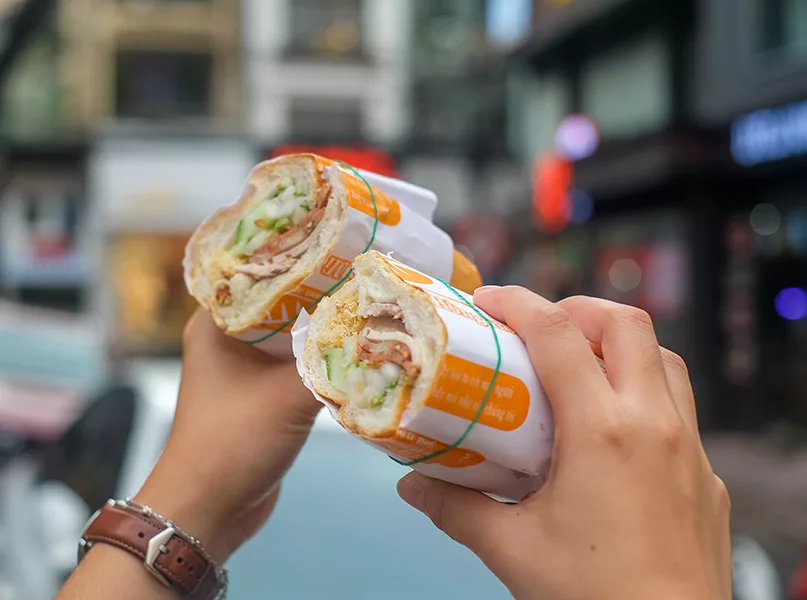
HISTORICALLY INFLUENCED, LOCALLY SOURCED
Street food is a site through which we can easily identify various historical intersections of cultures and people that have birthed new traditions.
For instance, evidence of French occupation can be found on the streets of Vietnam in the humble Bánh mì – a common street food staple consisting of a baguette filled with mayonnaise, pâté, sliced meats, fresh chilli, coriander, cucumber, and pickled vegetables. The baguette element of this dish was initially introduced by French colonisers, evidencing how street food is able to share a complex story through a simple food.
Meanwhile, Thailand’s Khao Soi, a richly spiced, coconut milk-based chicken curry, is often found in the northern Chiang Mai Province. The dish is believed to have evolved from Chinese Muslim traders who frequented the spice route when, what is now considered modern-day northern Thailand was controlled by Burma.
In addition to its historical influence, the widespread availability of local ingredients often inspires the culinary direction of street food culture and flavours.
Rice is an example of an unparalleled street food staple in China, where the food type originates, whilst countries with tropical climates commonly use ingredients such as mango or pineapple due to their widespread availability.
Affordable, seasonal street food ingredients such as these are often locally farmed by default. Not only does this produce delicious results, but the use of such ingredients inadvertently promotes sustainability in the sense that nothing is imported or inorganically sourced.
As such, the widespread practice of consuming and generally supporting street food across Southeast Asia can, in turn, promote a seasonal and therefore sustainable food supply chain.
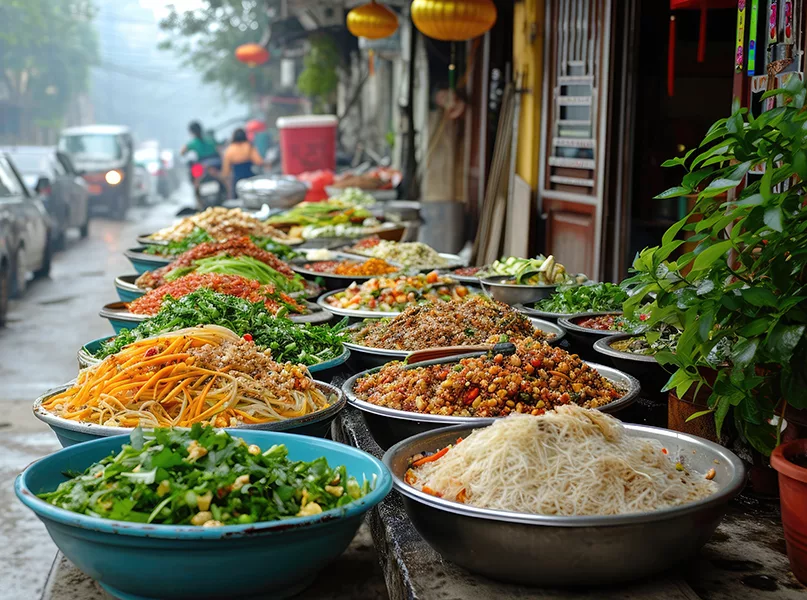
FOOD THAT SUPPORTS SOCIETIES
Street food is not only appreciated for the role it plays in the cultural and social heritage of communities, but it can also make a sizeable contribution to economies, particularly those of a developing country.
So far, the impact of street food on a nation’s economic development has been largely underestimated by many governments and authorities due to a lack of solid statistical data.
However, across Southeast Asia it is plain to see that a family-owned street food stall can provide a primary source of income for many, whilst age-old recipes will often be passed down through generations.
It’s worth noting that women, who often play a crucial role in preparing, marketing, and selling street food, have also benefitted from the sector through employment opportunities that enable them to make a living of their own.
Furthermore, in addition to the vendors themselves, those with little or no income often depend exclusively on street food as this is the least expensive and most accessible means of obtaining a nutritionally balanced meal.
In this way, it can be a key driver of food security improvement worldwide, and in Asia in particular.
Going forward, it is crucial that we recognise the importance of street food and initiate a global conversation that prioritises its conservation.
More than just a tourist attraction, street food is an age-old tradition that is not only vital in preserving histories and cultures, but also promoting sustainable food supply chains and supporting socioeconomic development.
Ultimately, street food provides us a window into cultures past and present, whilst crucially supporting local communities and seasonal produce.
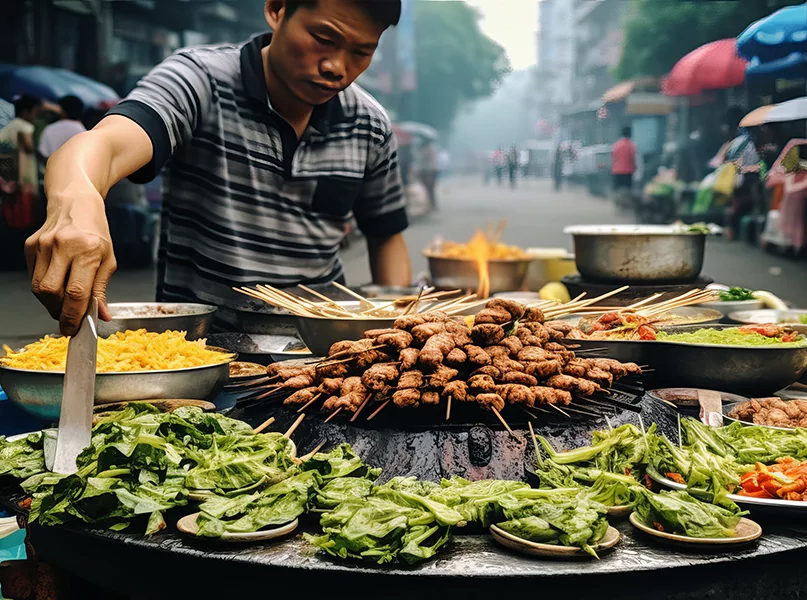
SOUTHEAST ASIAN STREET FOOD – AT A GLANCE
CAMBODIA
- Fish Amok (amok trei) – Fish, typically Basa, steamed in a coconut curry sauce, traditionally cooked in a banana or palm leaf.
- Beef Lok Lak – Peppery sauteed beef served on a bed of salad leaves. The rich French butter often used to prepare this dish is a nod to the country’s colonial past.
INDONESIA
- Nasi Goreng – A typical fried rice dish that frequents Indonesia’s warungs (eateries), usually cooked with small pieces of meat, vegetables, and topped with a fried egg.
- Sate Lilit Ikan – This traditional Balinese satay dish features white fish and prawns blended with freshly grated coconut, chillis, shallots, and lemongrass, wrapped around flat bamboo skewers and lightly grilled over charcoal.
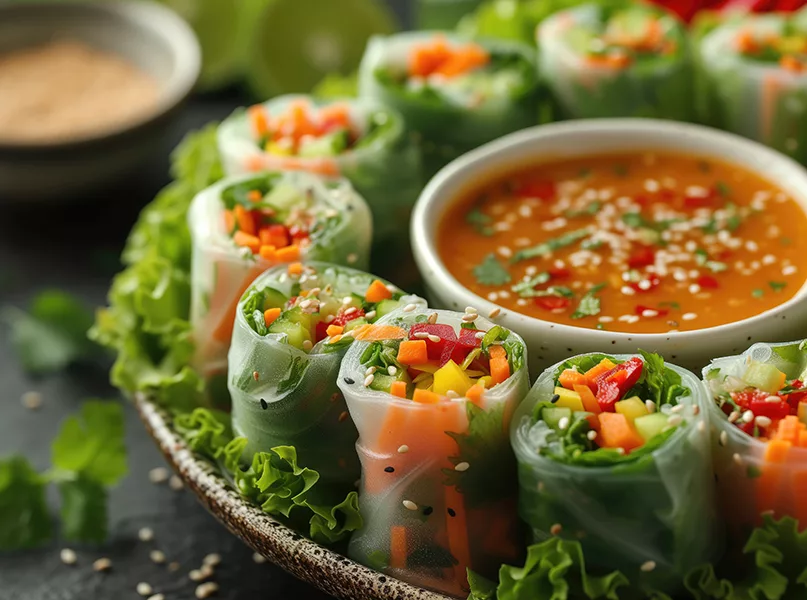
PHILIPPINES
- Lumpia – A deep fried spring roll, typically prepared with pork and chopped cabbage, and served with a peanut dipping sauce. Sweet Lumpia is also popular, featuring fillings such as banana and jackfruit.
- Tahô – A sweet Filipino snack made with silken tofu, sago pearls, and simple brown sugar syrup.
THAILAND
- Krapow Moo Grob – Stir-fried crispy pork belly with holy basil served with sticky rice and topped with a fried egg.
- Pad Thai – Believed to have originated in Ayutthaya, this iconic dish typically features rice noodles stir-fried with chicken, peanut, and tamarind – although countless variations are now widely available!



